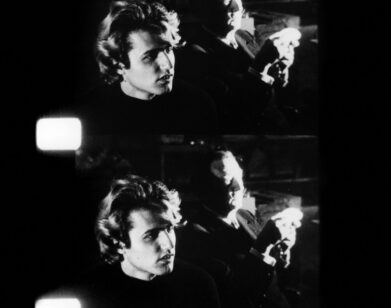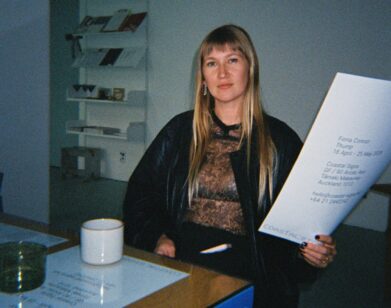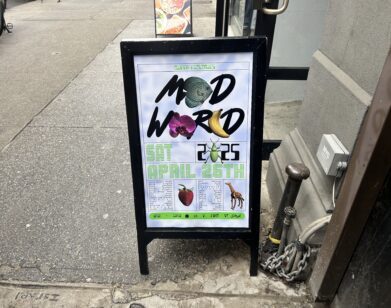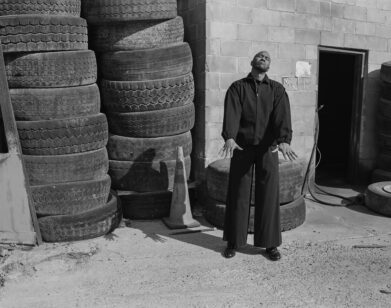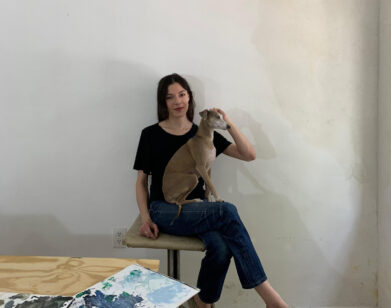One in a Million: See the Art of Guido Van der Werve
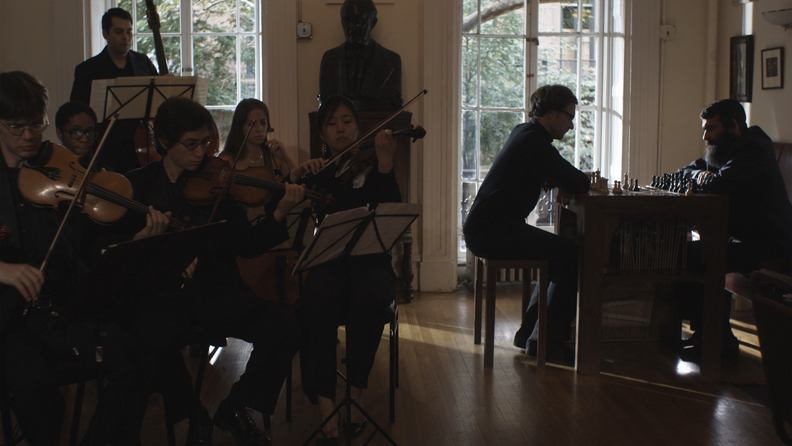
NUMMER TWAALF, VARIATIONS ON A THEME, 2009. VIDEO STILL. COURTESY THE ARTIST AND LUHRING AUGUSTINE.
Guido van der Werve’s most recent video work, Nummer Twaalf (2009), currently on view at Luhring Augustine, exemplifies in three movements with vast monumental landscapes, a romantic classical score, and introductory monologues the infeasibility of executing all statistical possibilities of specific infinity problems. The first part, The King’s Gambit Accepted, opens with van der Werve sitting silently in a cabin while a voiciover of an internal monologue explains the perfect chess game, the King’s Gambit, which always ends in a stalemate, and the near-infinite years it would take to play every other possible chess game. The second scene of the first movement takes place in the historic Marshall Chess Club in New York. The artist himself, sitting in plain dress executes the King’s Gambit on a chessboard rigged as a piano, such that a note is struck with every move. The piano notes are integrated into a larger composition (composed by van der Werve), which is being played live by a string orchestra directly behind the chess game. The corresponding numbers of the chess move flicker in the lower right hand corner.
The second movement, the number of stars in the sky, begins again with van der Werve in the same cabin, explaining through narration the impossibility of counting every star in the visible universe. Van der Werve plays the Romantic, moving amongst the sublime landscapes of Mount St. Helens, the singular figure in nature accompanied only by the score and the indication of the continuing chess game in the lower right corner. The third movement, Why a piano cannot be tuned or waiting for an earthquake begins with the explanation of a third impossible task, perfectly tuning a piano. Van der Werve then walks through the desert surrounding the San Andreas Fault, the second potentially disastrous natural locale. Once the final piano note rings, signaling the stalemate of the King’s Gambit, the artist enters a cabin. A zoom out by helicopter reveals the length of the San Andreas fault, a wild, unmarked natural landscape to match the artist’s own studied aesthetic.

